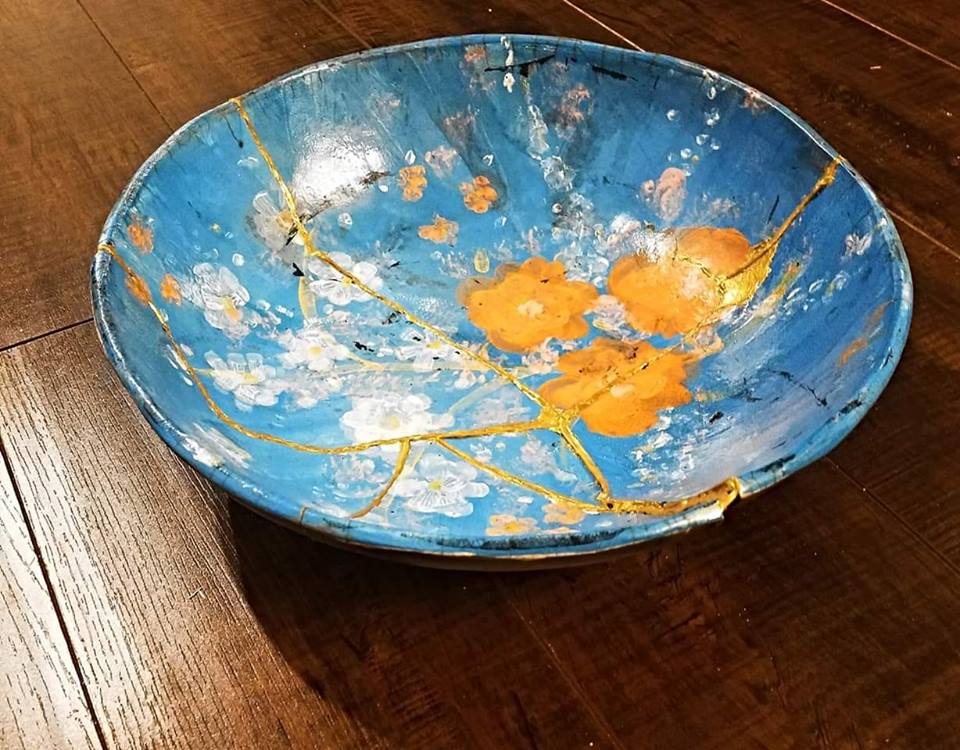Ah, the good old days of darning your socks and doing a spot of soldering when your electronics packed in. Times have changed: now buying new and chucking the old is mostly cheaper than fixing things up. But what if repair actually makes things better than new? What if the repair is the best bit?
That’s the basis of Kintsugi – the ancient Japanese art of repairing broken pottery with gold dust. The repaired crockery is actually worth more and is more sought after than it’s brand new equivalent– and that’s not just because it’s covered in real gold. The Japanese people love its history and character.
By the same token, that old hat was there with you through seven Glastonburys, five break-ups and one holiday in Magaluf, so it’s practically a wardrobe veteran. Doesn’t it deserve a bit of love? Instead of throwing it away, celebrate the holes worn through with fun and the fading from sunny days. Repair and revitalise it with bright contrast stitching and wear it with pride.
Don’t have the tools or the know-how? Visit one of the UK’s repair cafes, where you can turn up with anything from a wonky chair to a dodgy radio and find out how to fix it. “Wear your darn like a badge of honour,”says Tom van Deijnen from The Visible Mending Programme in Brighton.
THE REPAIR MANIFESTO by Platform21
- Make your products live longer! Repairing means taking the opportunity to give your product a second life. Don’t ditch it, stitch it! Don’t end it, mend it! Repairing is not anti-consumption. It is anti- needlessly throwing things away.
- Things should be designed so that they can be repaired. Product designers: Make your products repairable. Share clear, understandable information about DIY repairs. Consumers: Buy things you know can be repaired, or else find out why they don’t exist. Be critical and inquisitive.
- Repair is not replacement. Replacement is throwing away the broken bit. This is NOT the kind of repair that we’re talking about.
- What doesn’t kill it makes it stronger. Every time we repair something, we add to its potential, its history, its soul and its inherent beauty.
- Repairing is a creative challenge. Making repairs is good for the imagination. Using new techniques, tools and materials ushers in possibility rather than dead ends.
- Repair survives fashion. Repair is not about styling or trends. There are no due-dates for repairable items.
- To repair is to discover. As you fix objects, you’ll learn amazing things about how they actually work. Or don’t work.
- Repair – even in good times! If you think this manifesto has to do with the recession, forget it. This isn’t about money, it’s about a mentality.
- Repaired things are unique. Even fakes become originals when you repair them.
- Repairing is about independence. Don’t be a slave to technology – be its master. If it’s broken, fix it and make it better. And if you’re a master, empower others.
- You can repair anything, even a plastic bag. But we’d recommend getting a bag that will last longer, and then repairing it if necessary.
?Stop Recycling. Start Repairing.






